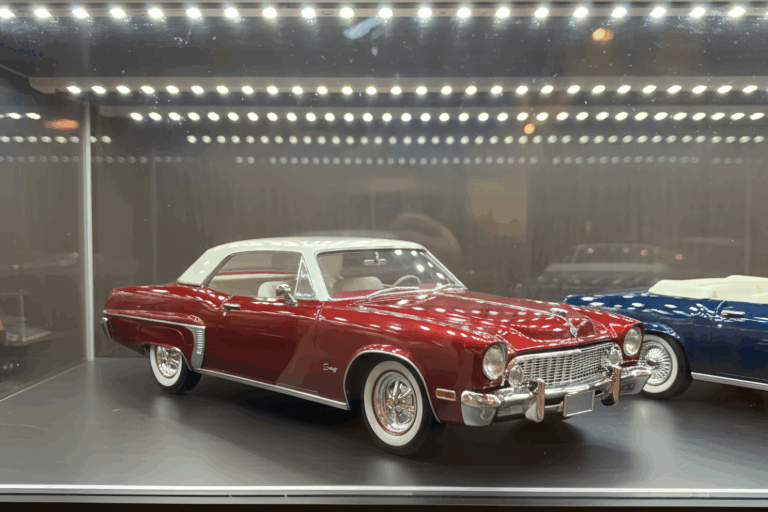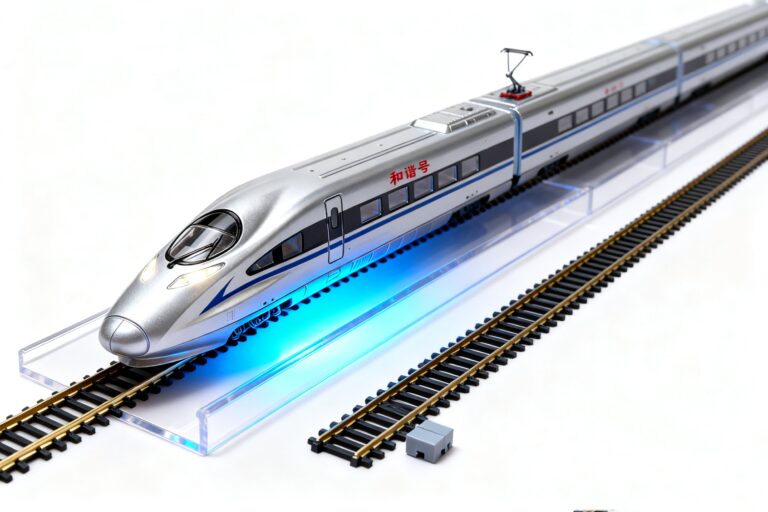Building designs are the bridge in between creative imagination and truth powerful tools that bring designs to life prior to construction starts. Whether you’re an architecture student developing your very first idea version or a young engineer preparing a client discussion, mastering design production is crucial for connecting your vision successfully. This extensive overview reveals professional techniques and expert suggestions to raise your building versions from excellent to remarkable.
Write-up Synopsis
- What Makes Architectural Versions So Valuable in Layout?
- What Are the Various Kinds Of Architectural Models?
- Exactly How Do Specialist Architects Utilize Designs in Practice?
- Which Products Job Ideal for Different Design Types?
- Vital Devices Every Design Maker Should Possess
- Step-by-Step Guide to Structure Your First Professional Design
- Just how to Pick the Right Range for Any Type Of Task
- Usual Design Making Mistakes (And How to Stay clear of Them)
- Pro Tips for Creating Stunning Presentation Designs
- Just How Design Making Makes You a Much Better Architect
1. What Makes Architectural Models So Valuable in Layout?
Architectural designs serve as three-dimensional illustrations that aid picture spatial connections and test style concepts. Unlike digital makings, a physical design supplies tactile feedback regarding proportions, massing, and materiality that’s impossible to get from screens alone. Many style companies think about design making an essential component of their innovative procedure.
For young designers, building models develops critical spatial thinking skills that convert straight to real-world jobs. The hands-on process commonly discloses style imperfections and opportunities that illustrations may miss out on. As engineer Eric Risica keeps in mind, “Versions were something I always made use of to reveal myself at every stage of style, long before I was active with the Engineer Enrollment Exam.”
2. What Are the Various Sorts Of Architectural Versions?
Designers use different design types throughout the style procedure:
Concept Versions
Quick, abstract representations made from materials like foam core or balsa timber to check out early layout ideas.
Research Versions
Intermediate designs that improve the layout and examination building strategies and spatial connections.
Discussion Designs
Highly thorough models using high-quality products for client testimonials.
Other vital types include:
- Massing Designs: Explore general form and quantity.
- Section Versions: Expose interior spatial relationships.
- Detail Models: Examination building techniques.
Understanding these different types assists engineers choose the best approach for every job phase, from first sketches to last client discussions.
3. How Do Professional Designers Make Use Of Versions in Practice?
Effective style companies make use of models purposefully throughout the design process. Early conceptual models aid create and evaluate concepts rapidly. As projects establish, extra detailed models examination material choices and building and construction approaches. Presentation models inevitably help clients picture the suggested building in 3 measurements.
Numerous companies keep dedicated design shops, recognizing that physical models stimulate imagination in methods electronic devices can not. As the 30×40 Design Workshop shows, even in our digital age, “models may be mini, however their influence on design reasoning is massive.”
4. Which Products Job Best for Various Design Types?
Material choice can make or break your building version. Here’s what specialists suggest:
- Foam Core: Ideal for quick research models as it’s simple to reduce and shape.
- Balsa Wood: Perfect for detailed components and architectural testing as a result of its light-weight nature.
- Polymer: Creates sleek, modern-day presentation items that thrill clients.
- 3D-Printed Elements: Permit complicated geometries and precision.
Constantly utilize the ideal adhesive for your materials — white glue for porous surfaces, warm glue for quick bonds, and specialized concretes for plastics. The high quality of your versions will leap when you match materials to objective.
5. Vital Tools Every Version Manufacturer Ought To Have
Purchasing proper devices transforms model making from frustrating to meeting. The essentials include:
- Olfa Knife: With lots of fresh blades (plain blades tear materials).
- Self-Healing Cutting Mat: To shield surfaces and make sure clean cuts.
- Metal Leader: For straight, specific cuts.
- Tweezers and Clamps: For precise assembly and holding parts in place.
- Various Adhesives: Matched to different materials for solid bonds.
As one style trainee uncovered, “The high quality of my designs jumped when I started utilizing a sharp Olfa blade on an appropriate cutting floor covering.” Do not ignore how the right devices enhance outcomes.
6. Step-by-Step Guide to Building Your First Specialist Model
- Define Your Design’s Purpose: Establish whether it’s for idea expedition or client presentation.
- Select Appropriate Products: Pick materials based on your objectives and the sort of design you are creating.
- Create Accurate Templates: Utilize your illustrations to produce design templates for reducing.
- Cut Parts Carefully: Utilize appropriate strategies to make certain accuracy.
- Assemble Methodically: Begin with the base and function your way approximately information.
- Add Finishing Touches: Enhance your model with structures, landscaping, and other details.
Remember to ensure that everything in your design is straight and plumb before adhesives completely dry. Test-fit elements to avoid positioning problems early while doing so.
7. How to Choose the Right Scale for Any Type Of Project
Selecting the appropriate range is essential for effective interaction. Take into consideration these standards:
- 1:500 for metropolitan context models
- 1:200 for building massing studies
- 1:50 for thorough frontage depictions
- 1:20 or larger for building and construction information
Always take into consideration the scale early in your planning. As designer Risica encourages, “Make it a behavior to check angles and percentages continuously throughout the version structure process.”
8. Usual Model Making Mistakes (And How to Avoid Them)
Even experienced professionals face these pitfalls:
- Irregular Scales: Bring about inaccurate percentages in between aspects.
- Hurried Cutting: Causing uneven edges that detract from high quality.
- Glue Mishaps: Producing messy joints that are visible in the end product.
- Over-Detailing Early Research Models: Making them cumbersome and difficult to read.
Presentation models are usually evaluated on workmanship, so take time to sand edges and hide glue marks. As the last step of the term always shows, you can’t afford to make blunders when deadlines loom.
9. Pro Tips for Creating Stunning Presentation Versions
Elevate your models with these expert strategies:
- Light Strategically: Use lighting to highlight essential functions and boost the design’s allure.
- Layer Materials: Create depth and appearance by incorporating different materials.
- Include Context: Add landscaping or nearby structures to better situate your version in its environment.
- Keep it Clean: Less is often more; avoid clutter to keep focus on your design.
Remember that presentation models are frequently the client’s first physical interaction with your design. Make that impression count with thoughtful execution.
10. Just How Version Making Makes You a Much Better Architect
The skills established through model making translate directly to architectural practice:
- Improved Spatial Reasoning: Leads to better designs.
- Enhanced Material Understanding: Promotes practical proposals.
- Sharpened Attention to Detail: Ensures flawless execution.
- Stronger Communication Skills: Boosts client presentations.
As many young architects discover, these skills will ultimately make you a better professional. The time invested in model making pays off throughout your career.
Key Takeaways
✔ Architectural models are irreplaceable tools for layout growth.
✔ Different model types serve distinctive purposes in the creative process.
✔ Material selection greatly influences your model’s effectiveness.
✔ Quality tools like Olfa knives ensure professional results.
✔ Proper scale selection is essential for clear communication.
✔ Avoid common mistakes like rushed construction or messy adhesives.
✔ Presentation models require extra attention to craftsmanship.
✔ Model making develops vital skills for architectural practice.
✔ Physical models enhance digital tools in the design process.
✔ The investment in model making pays career-long dividends.





